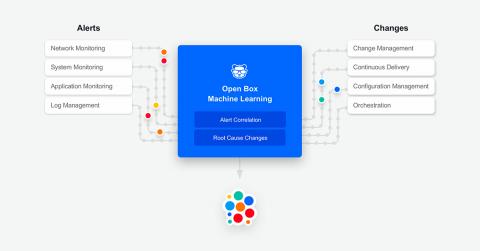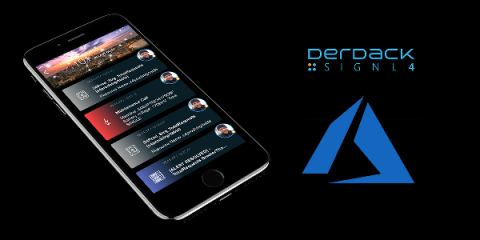How to use CloudWatch to generate alerts from logs
There are more than a million people using Amazon Cloud products, so it follows that many customers are employing an AWS integration with their Opsgenie instance. One common use case involves creating Opsgenie alerts from CloudWatch Logs to help stay ahead of issues and prevent incidents. CloudWatch Logs is an AWS log storage and monitoring feature that collects logs from all systems, applications, and AWS services in a single place.











